Sustainability Initiatives
The Printed Textile Market is increasingly influenced by sustainability initiatives. Consumers are becoming more environmentally conscious, leading to a demand for eco-friendly materials and production processes. This shift is prompting manufacturers to adopt sustainable practices, such as using organic cotton and water-based inks. According to recent data, the market for sustainable textiles is projected to grow significantly, with an estimated increase of 20% by 2027. This trend not only aligns with consumer preferences but also encourages innovation in the Printed Textile Market, as companies strive to reduce their carbon footprint and enhance their brand image through responsible sourcing and production.
Cultural Influences and Global Trends
Cultural influences and The Printed Textile Industry. As fashion and design become increasingly interconnected across borders, the demand for textiles that reflect diverse cultural aesthetics is on the rise. This trend is evident in the growing popularity of ethnic prints and patterns, which appeal to a broad audience. Market analysis indicates that the demand for culturally inspired textiles is expected to grow by 12% over the next five years. This cultural exchange not only enriches the offerings within the Printed Textile Market but also fosters creativity and innovation among designers and manufacturers.
E-commerce Growth and Online Retailing
The Printed Textile Market is significantly impacted by the growth of e-commerce and online retailing. As consumers increasingly turn to online platforms for their shopping needs, the demand for printed textiles is expected to rise. E-commerce provides a convenient avenue for consumers to access a wide variety of printed fabrics, often at competitive prices. Recent data suggests that online sales of textiles are projected to grow by 15% annually, indicating a shift in purchasing behavior. This trend compels manufacturers and retailers in the Printed Textile Market to enhance their online presence and optimize their supply chains to meet the evolving demands of consumers.
Technological Advancements in Printing
Technological advancements in printing techniques are reshaping the Printed Textile Market. Innovations such as digital printing and 3D printing are enabling manufacturers to produce intricate designs with greater efficiency and lower costs. Digital printing, in particular, allows for short runs and customization, catering to the growing demand for personalized products. The market for digital textile printing is expected to reach USD 5 billion by 2026, reflecting a compound annual growth rate of over 10%. These advancements not only enhance design capabilities but also streamline production processes, making the Printed Textile Market more competitive and responsive to consumer trends.
Rising Demand for Fashion and Home Textiles
The Printed Textile Market is experiencing a surge in demand for both fashion and home textiles. As consumers seek unique and personalized products, the market for printed fabrics is expanding across various segments, including apparel, upholstery, and home decor. Recent statistics indicate that the home textile segment alone is projected to grow at a CAGR of 8% through 2025. This rising demand is driven by changing consumer preferences, with an increasing inclination towards vibrant patterns and designs. Consequently, manufacturers are focusing on innovative printing techniques to meet the diverse needs of consumers, thereby propelling growth within the Printed Textile Market.




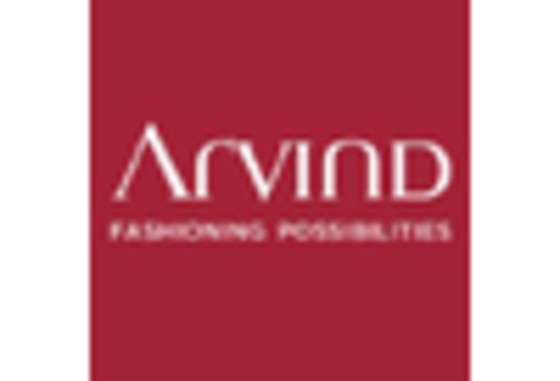
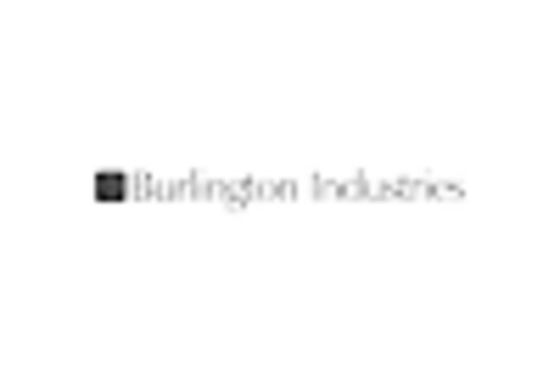

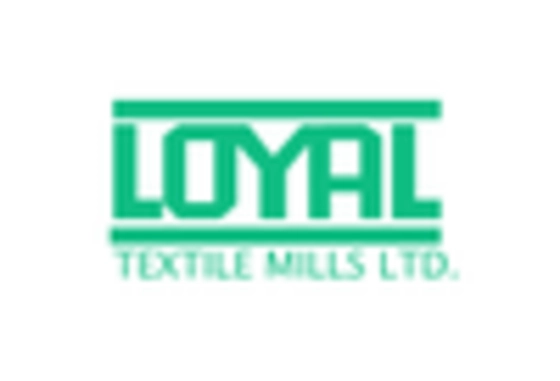
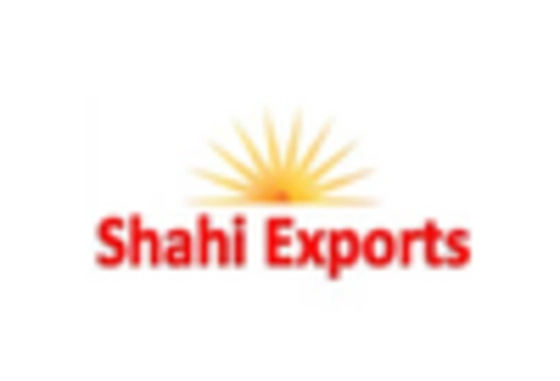
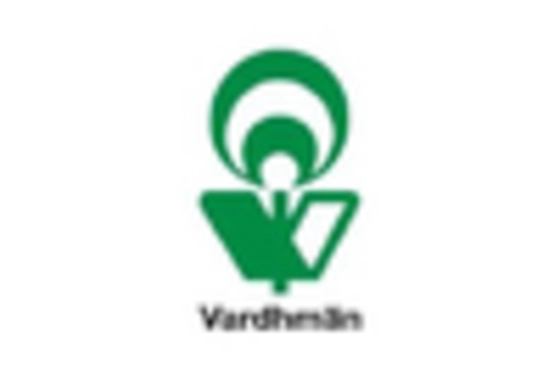








Leave a Comment